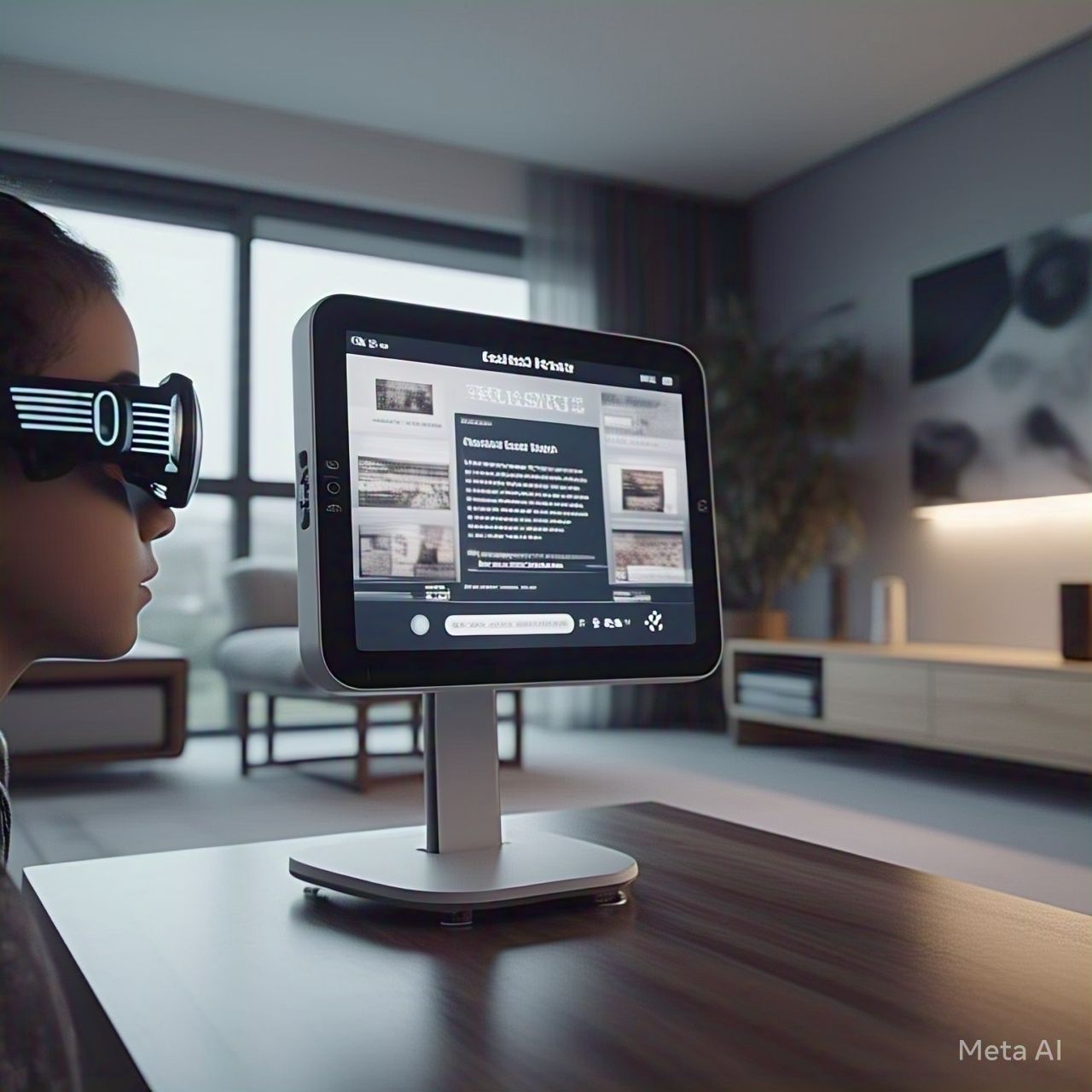Table of Contents
- Introduction
- Understanding AI in Cybersecurity
- How AI is Used in Cyber Attacks
- Automated Phishing and Social Engineering
- AI-Powered Malware and Ransomware
- Evasion Techniques and Polymorphic Attacks
- Deepfake Attacks and Disinformation Campaigns
- Case Studies of AI-Driven Cyber Threats
- Defensive Strategies Against AI-Powered Attacks
- AI-Driven Threat Detection
- Cybersecurity Automation
- Behavioral Analysis and Anomaly Detection
- Zero Trust Security Model
- Future of AI in Cyber Warfare
- Conclusion
- FAQs
Introduction
Artificial Intelligence (AI) has revolutionized many industries, but it has also introduced new threats in cybersecurity. Malicious actors are increasingly using machine learning (ML) to develop more sophisticated cyber attacks. This article explores how AI is weaponized in cyber warfare, examines case studies, and provides strategies for defending against AI-driven threats.
Understanding AI in Cybersecurity
AI is widely used in cybersecurity to enhance threat detection, automate responses, and predict potential attacks. However, the same capabilities that strengthen defense mechanisms can also be exploited by cybercriminals.
Key Uses of AI in Cybersecurity:
- Threat Detection: AI analyzes large datasets to identify patterns indicative of cyber threats.
- Automation: AI-powered tools help security teams respond to attacks in real time.
- Predictive Analysis: Machine learning models forecast potential cyber threats before they occur.
- Behavioral Analysis: AI monitors user behavior to detect anomalies and prevent breaches.
While AI enhances security, it also provides attackers with advanced tools for launching cyber attacks at an unprecedented scale.
How AI is Used in Cyber Attacks
1. Automated Phishing and Social Engineering
- AI-powered tools generate highly convincing phishing emails and messages.
- Machine learning algorithms analyze social media and email communications to craft personalized attacks.
- AI chatbots can engage with victims to extract sensitive information.
2. AI-Powered Malware and Ransomware
- AI enables malware to adapt and evolve, making detection more difficult.
- AI-driven ransomware can identify high-value targets and maximize damage.
- Machine learning helps malware bypass traditional security filters.
3. Evasion Techniques and Polymorphic Attacks
- AI-powered attacks use polymorphic malware that changes its code to avoid detection.
- Adversarial AI techniques manipulate security models to evade detection.
- Attackers use generative adversarial networks (GANs) to fool cybersecurity defenses.
4. Deepfake Attacks and Disinformation Campaigns
- AI-generated deepfake videos can impersonate individuals for fraud or political manipulation.
- Fake audio and video messages can deceive employees into making financial transactions.
- AI-driven misinformation spreads false narratives, influencing public opinion.
Case Studies of AI-Driven Cyber Threats
1. DeepLocker Malware
- Developed by IBM researchers, DeepLocker is a proof-of-concept AI-powered malware that hides its payload until specific conditions are met.
- Uses AI to avoid detection and execute attacks with precision.
2. AI-Powered Phishing Campaigns
- Attackers used AI-driven tools to create realistic phishing emails that mimicked high-ranking executives.
- Organizations suffered financial losses due to fraudulent wire transfers.
3. Deepfake Fraud in Banking
- Fraudsters used AI-generated voices to impersonate CEOs and authorize financial transactions.
- A bank lost millions when attackers manipulated voice authentication systems.
4. AI-Enhanced DDoS Attacks
- Attackers used AI to optimize Distributed Denial-of-Service (DDoS) attacks.
- Machine learning algorithms adjusted attack patterns in real time, overwhelming cybersecurity defenses.
Defensive Strategies Against AI-Powered Attacks
1. AI-Driven Threat Detection
- Security firms use AI to analyze threat intelligence and detect AI-driven attacks.
- Machine learning models improve accuracy in identifying malicious patterns.
2. Cybersecurity Automation
- AI automates incident response, reducing reaction time to cyber threats.
- Automated systems isolate compromised networks to prevent further damage.
3. Behavioral Analysis and Anomaly Detection
- AI monitors network behavior and flags unusual activity.
- Security systems adapt to emerging threats using real-time learning.
4. Zero Trust Security Model
- Organizations implement Zero Trust architecture to limit access to sensitive data.
- AI verifies user identities through continuous authentication.
Future of AI in Cyber Warfare
The future of AI in cybersecurity is a double-edged sword. While AI will continue to strengthen security, cybercriminals will also refine their AI-powered attacks. Key trends include:
- AI vs. AI Warfare: Cybersecurity tools will increasingly use AI to combat AI-driven attacks.
- Quantum AI Threats: The rise of quantum computing could enable even more powerful cyber attacks.
- Global AI Regulations: Governments will introduce policies to regulate AI use in cybersecurity.
- Human-AI Collaboration: Security professionals will work alongside AI to strengthen cyber defenses.
Conclusion
AI-powered cyber attacks are becoming more sophisticated, using machine learning to evade detection and optimize attack strategies. While AI-driven cybersecurity tools offer hope in combating these threats, organizations must stay ahead by implementing proactive defense mechanisms. Understanding how AI is weaponized and adopting AI-driven security solutions is essential for protecting against future cyber threats.
FAQs
1. How does AI enhance cyber attacks?
AI enables cybercriminals to automate phishing attacks, create advanced malware, and evade detection using machine learning algorithms.
2. Can AI be used for cybersecurity defense?
Yes, AI is used in threat detection, automated incident response, and behavioral analysis to enhance cybersecurity defenses.
3. What is an example of an AI-powered cyber attack?
Deepfake fraud, where AI-generated voices or videos are used to deceive individuals into making financial transactions, is a notable example.
4. How can organizations protect against AI-driven cyber threats?
Organizations can use AI-powered security tools, implement Zero Trust models, and regularly update cybersecurity protocols to mitigate risks.
5. What is the future of AI in cyber warfare?
AI will continue to evolve, with both attackers and defenders leveraging machine learning to improve cyber capabilities. Ethical AI regulations and AI-driven security solutions will play a crucial role in shaping cybersecurity strategies.
Table: Comparison of AI-Driven Cyber Attacks and Defense Strategies
| AI-Powered Threat | Description | Defense Strategy |
|---|---|---|
| Automated Phishing | AI crafts personalized phishing attacks | AI-driven email filtering and phishing detection |
| AI-Powered Malware | Malware adapts to evade detection | Behavioral analysis and anomaly detection |
| Deepfake Fraud | AI-generated voices impersonate individuals | Multi-factor authentication and verification |
| Polymorphic Attacks | Malware changes code to bypass security | Real-time AI monitoring and dynamic defenses |
| AI-Enhanced DDoS Attacks | AI optimizes attack patterns | AI-powered traffic filtering and mitigation |
By proactively addressing AI-powered cyber threats, organizations can build resilient cybersecurity frameworks that protect against evolving AI-driven attacks,




